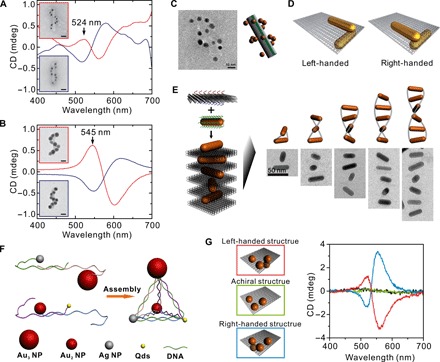Fig. 4. Chiral plasmonic structures assembled with the help of DNA strands and DNA origami.

(A) A DNA backbone with helically attached binding sites is used to create helices of gold nanoparticles exhibiting a CD response around 550 nm. (B) Overgrowth of the particles with silver leads to an increased coupling strength, a much stronger CD response, and a small spectral red shift due to the increased coupling. (C) Gold nanoparticles are arranged in two parallel rows on a DNA origami and subsequently rolled up to form a spiral. (D) Using the possibility to differently facilitate the two sites of a DNA origami sheet, a handed rod dimer can be assembled. (E) Origami sheets are used to create stacks of rotated gold nanorods. The individual sheets are dressed with capture strands on both sides and by adding gold nanorods, which are dressed with complementary ssDNA to the formation of nanorod stacks. (F) Using specifically designed ssDNA nanoparticle pyramids constructed from two differently sized gold nanoparticles, a silver nanoparticle and a quantum dot can be assembled. (G) An origami sheet with four docking sites: three along an L-shape on the one interface and one on the other (which is used to assemble a chiral quadrumer). The handedness depends on the position of the fourth particle relative to the L-shape. The structures show a strong CD response. Figures were reproduced with permission from Kuzyk et al. (60) (A and B), Shen et al. (61) (C), Shen et al. (62) (D), Lan et al. (64) (E), Yan et al. (67) (F), and Shen et al. (69) (G).
